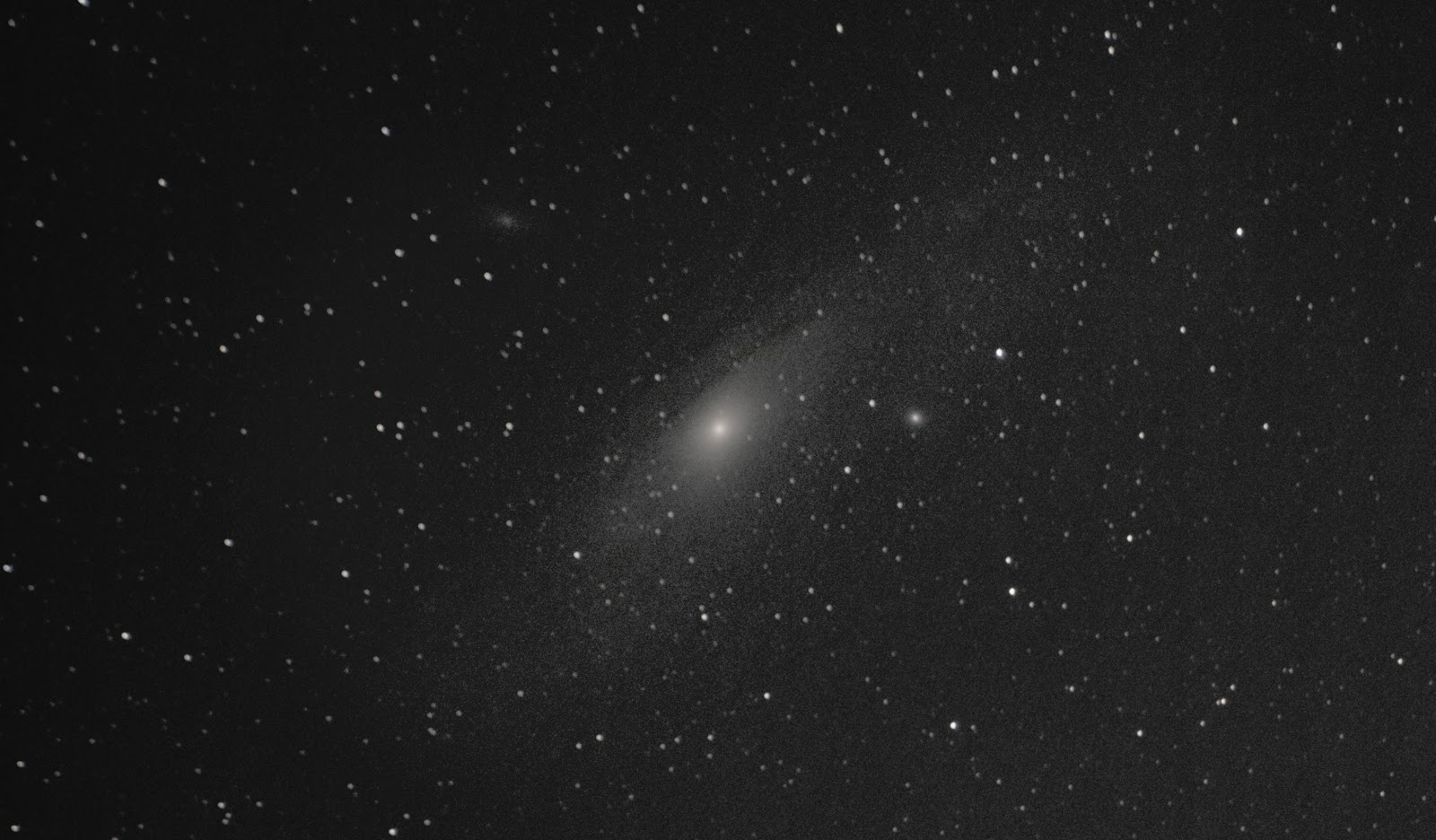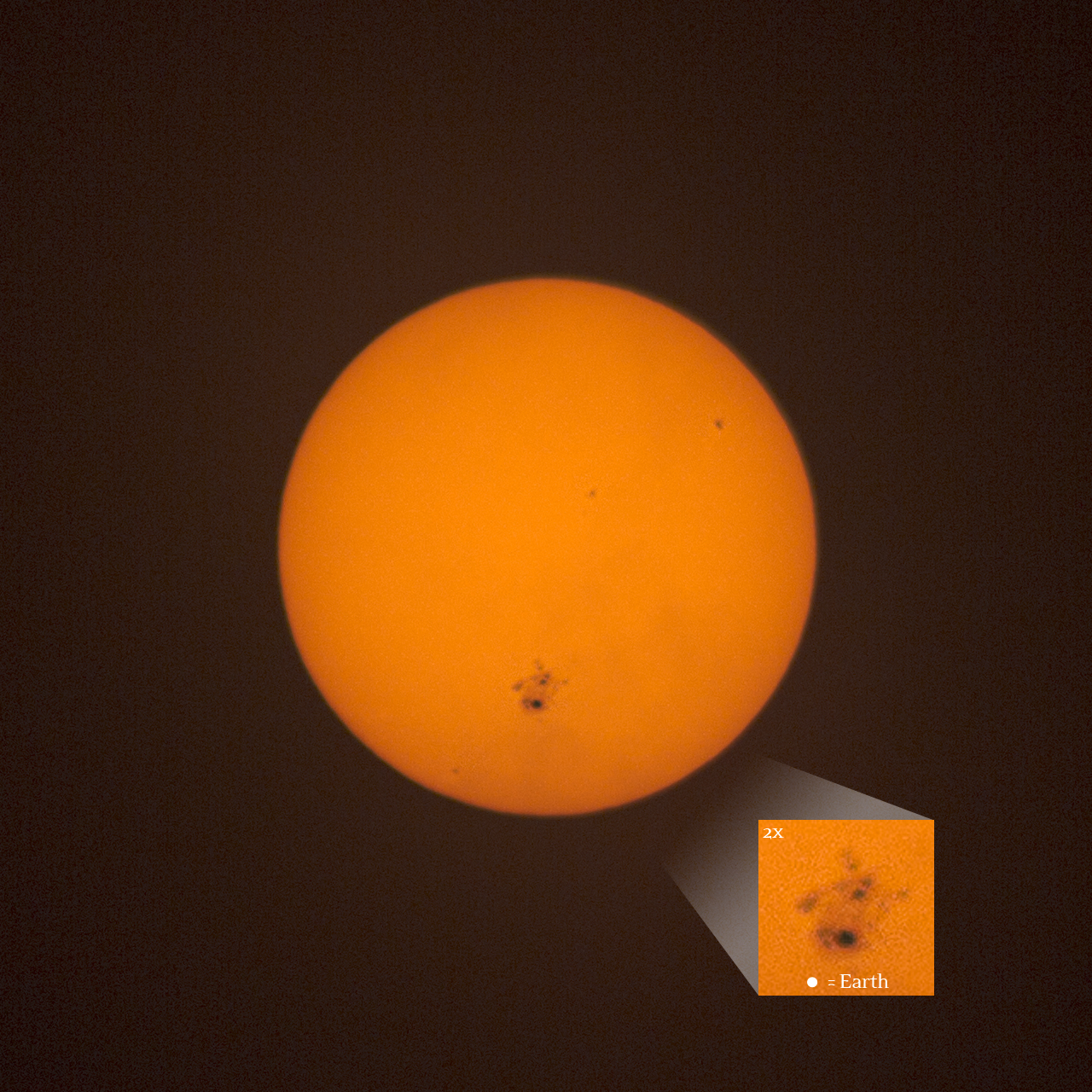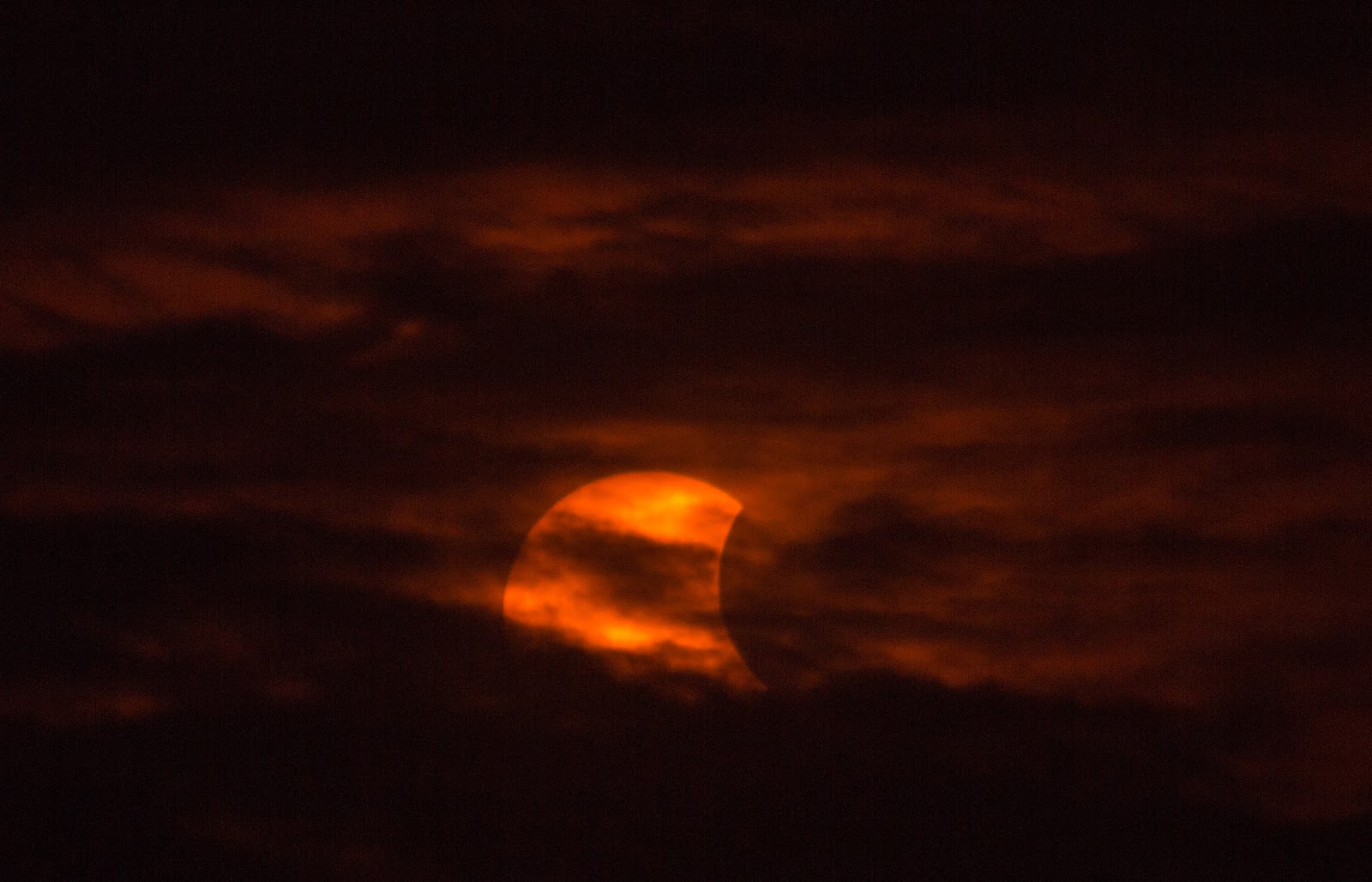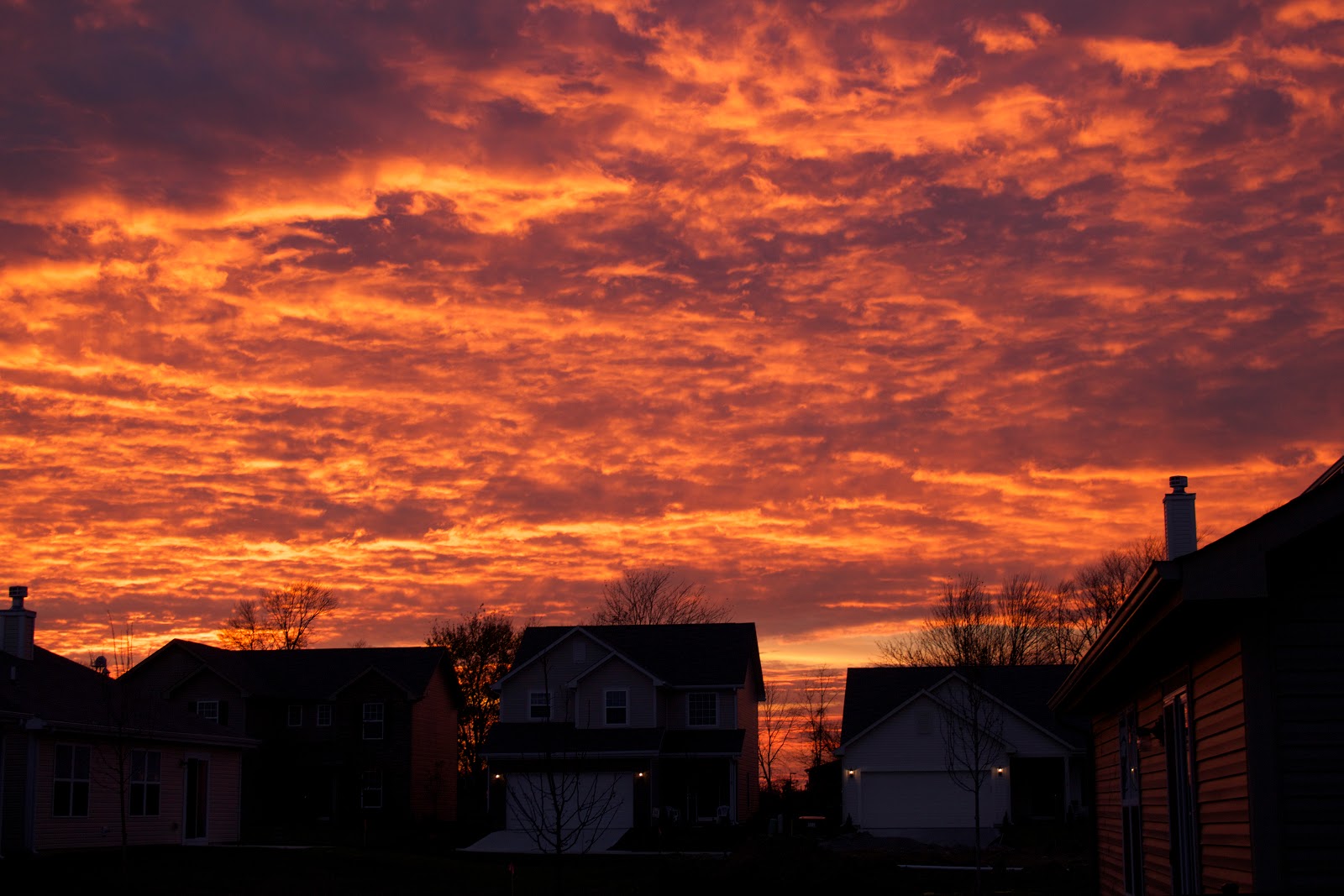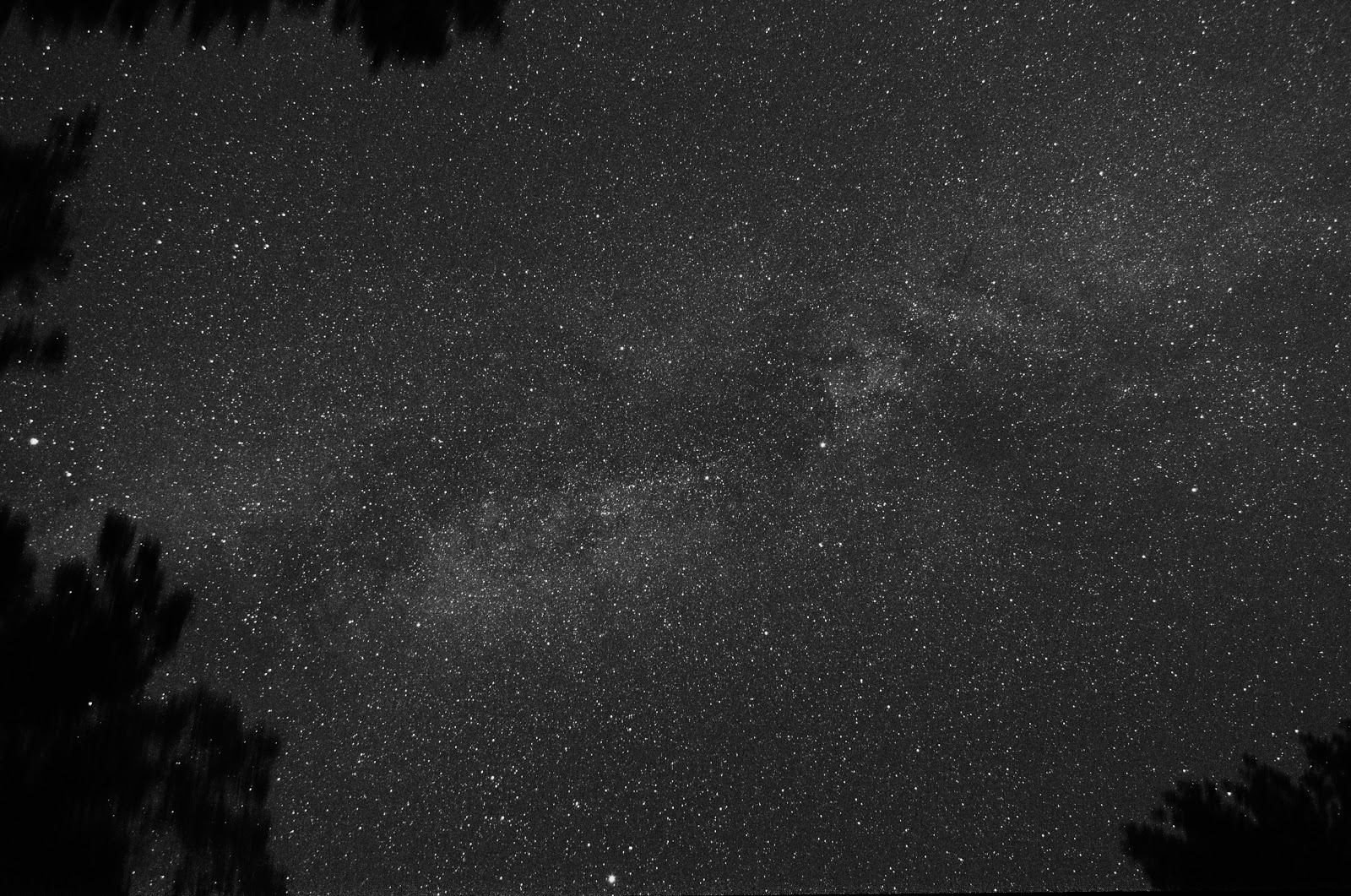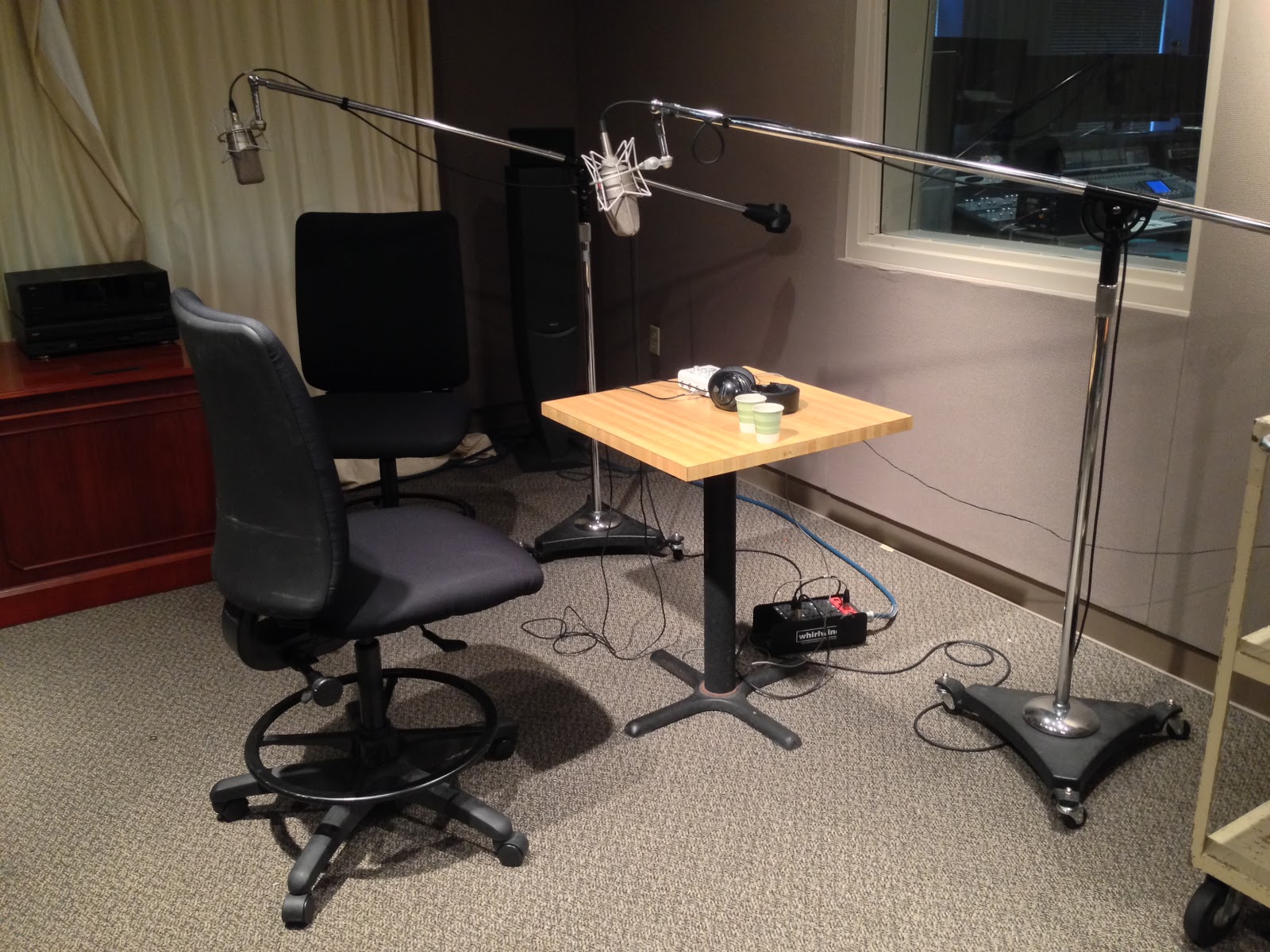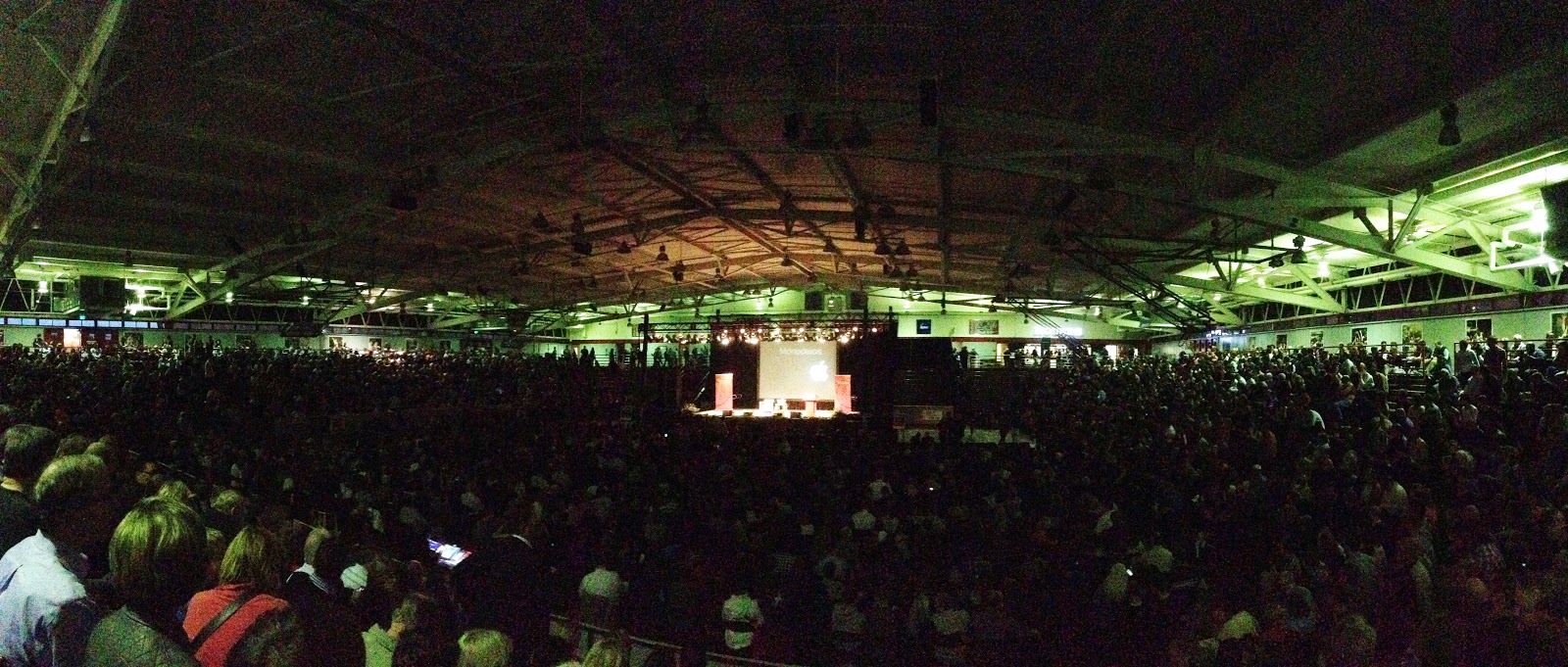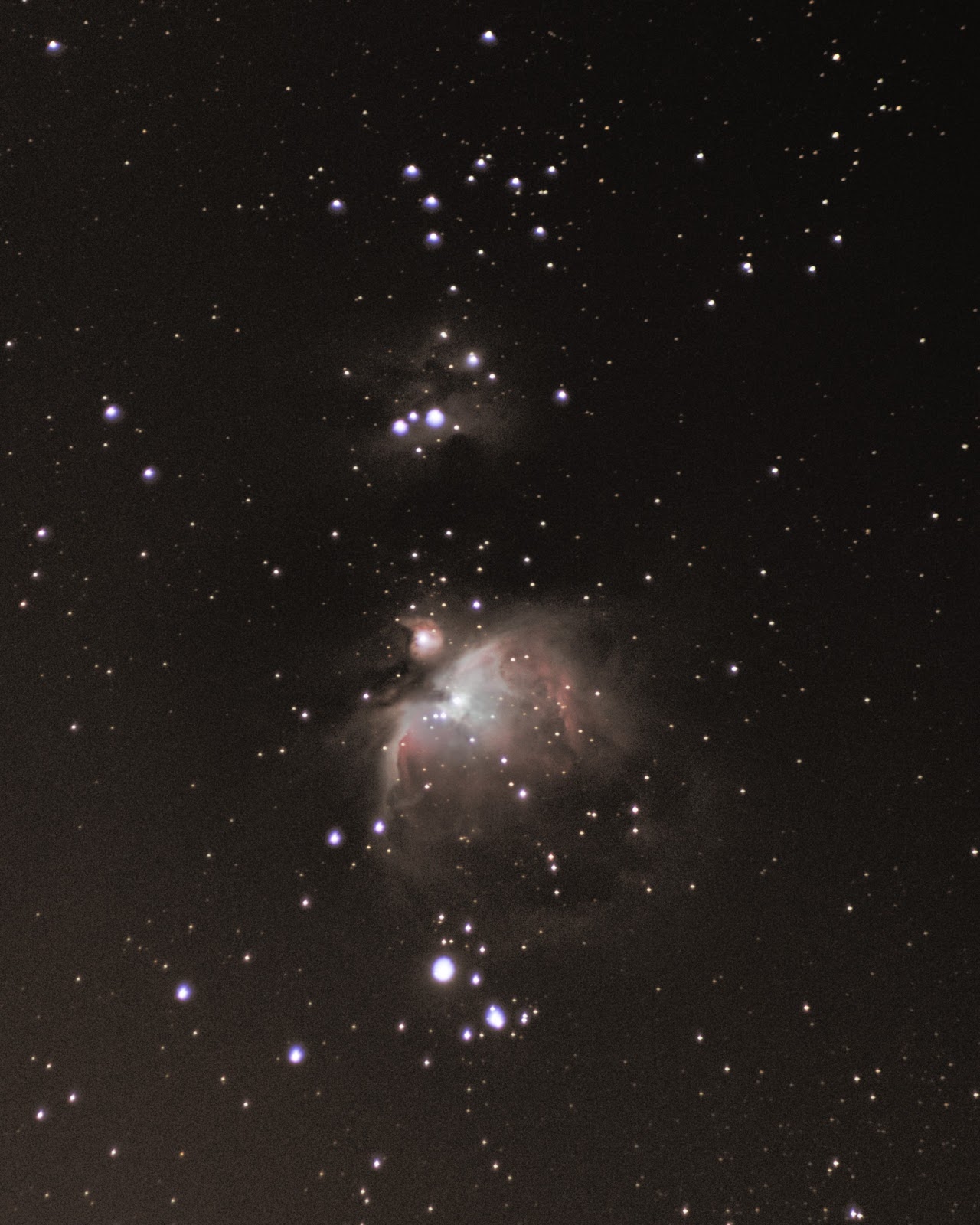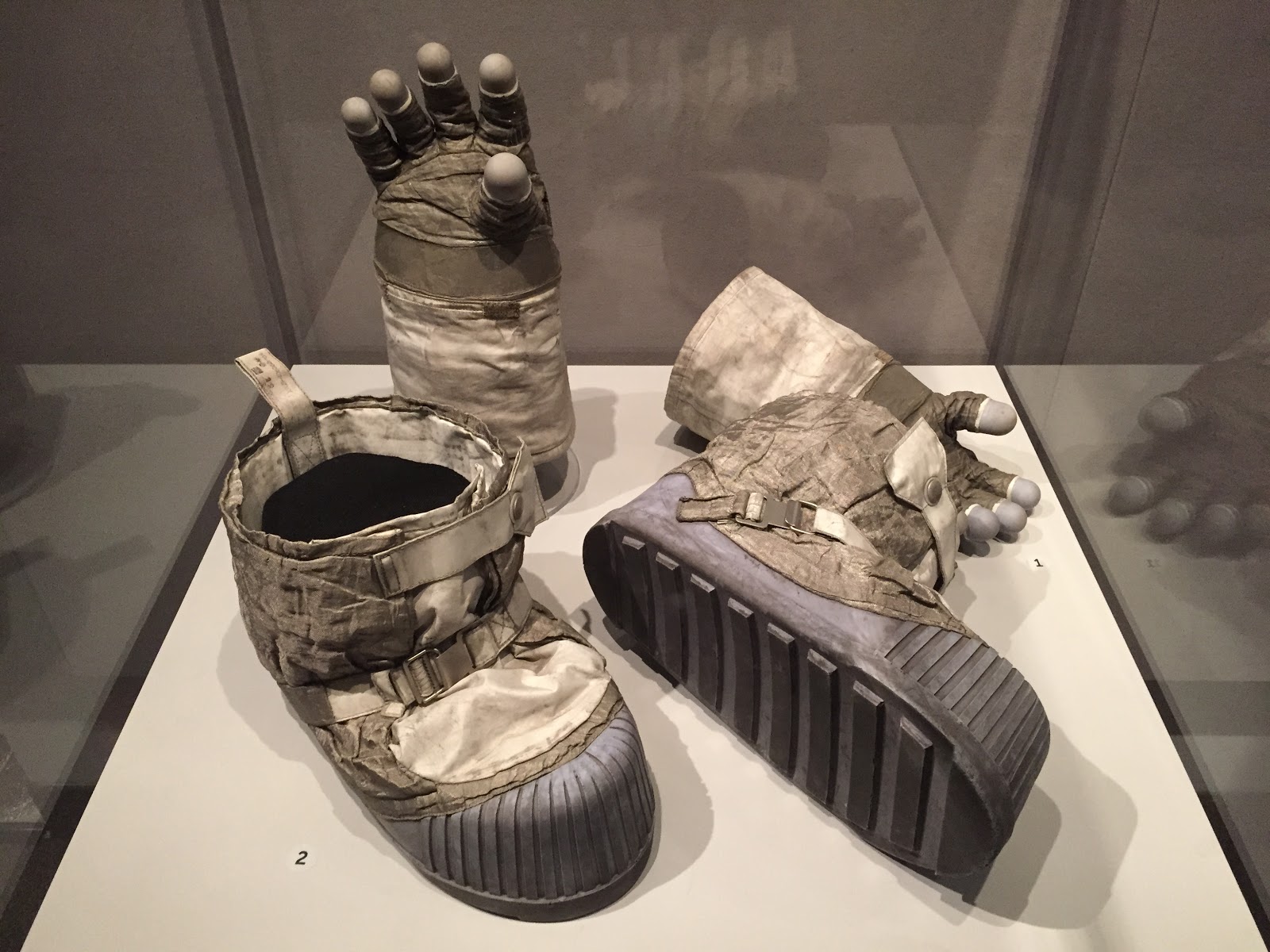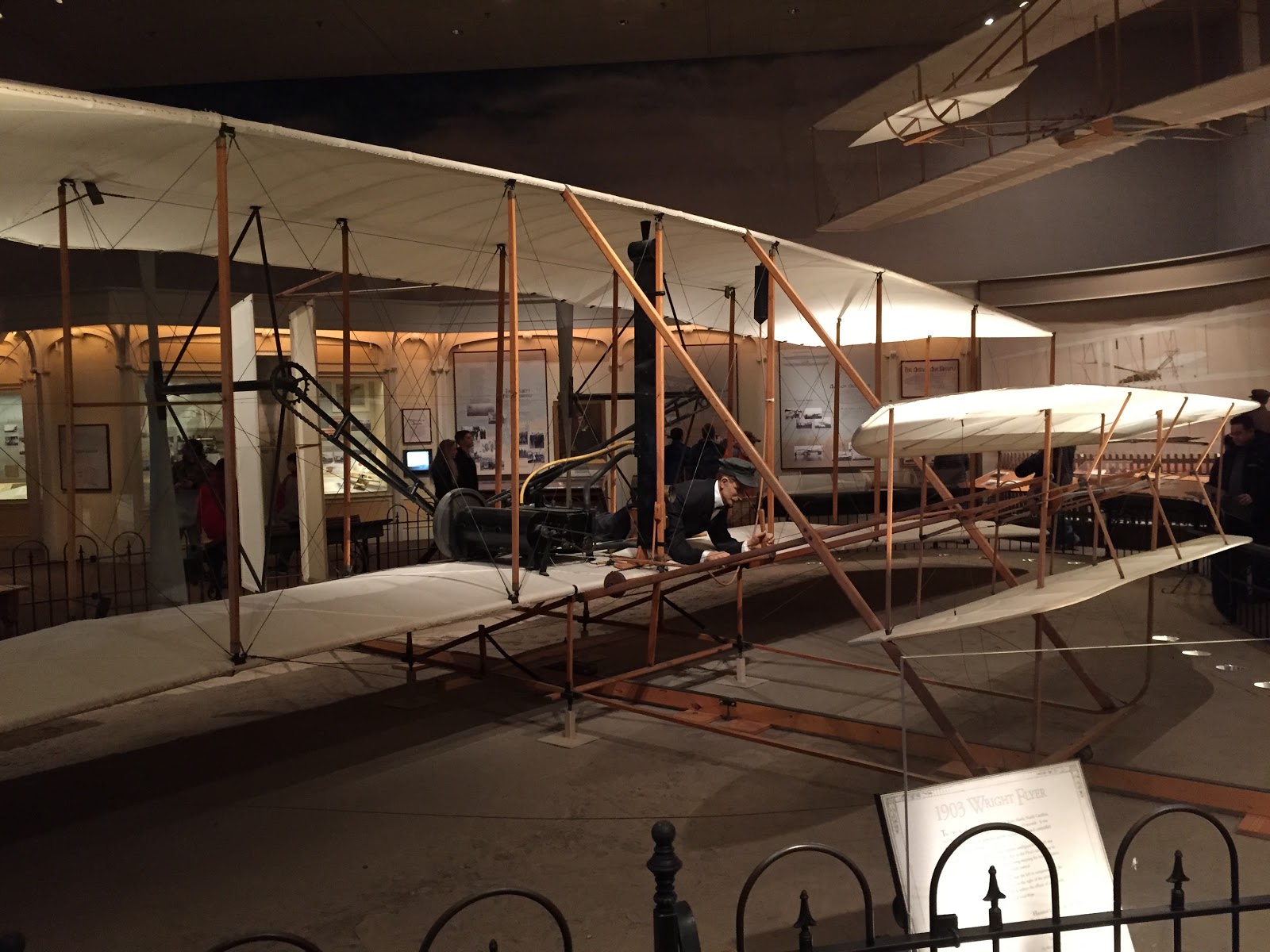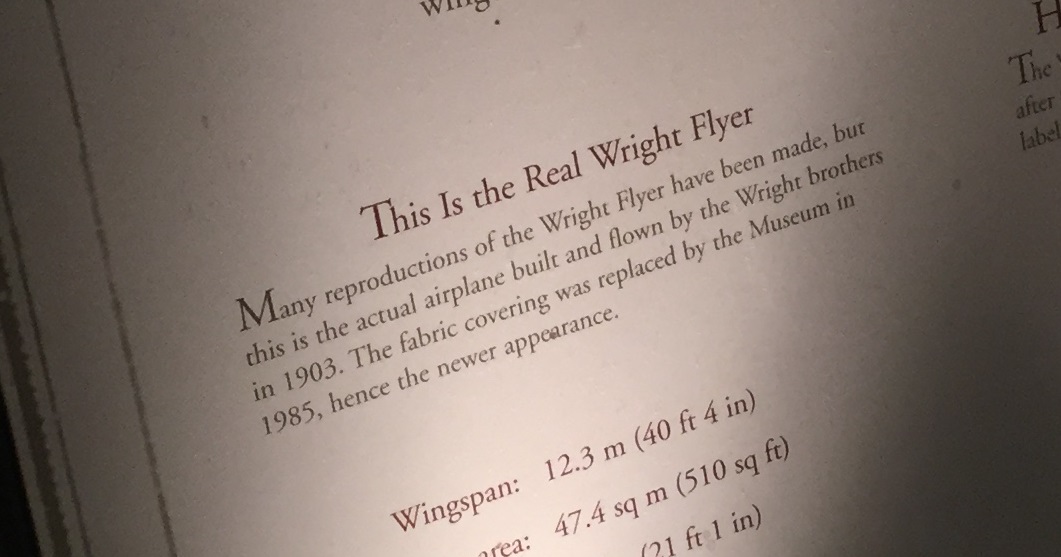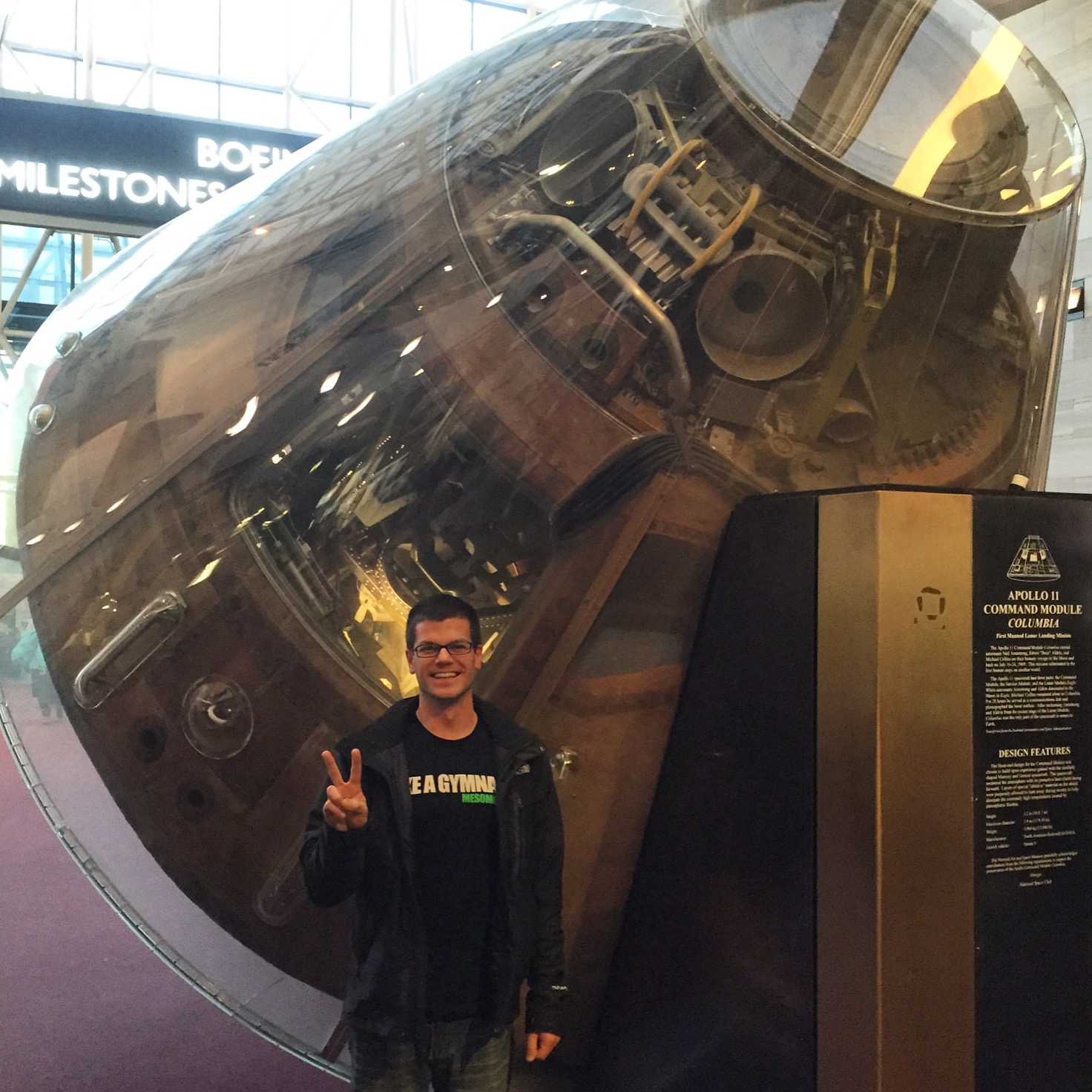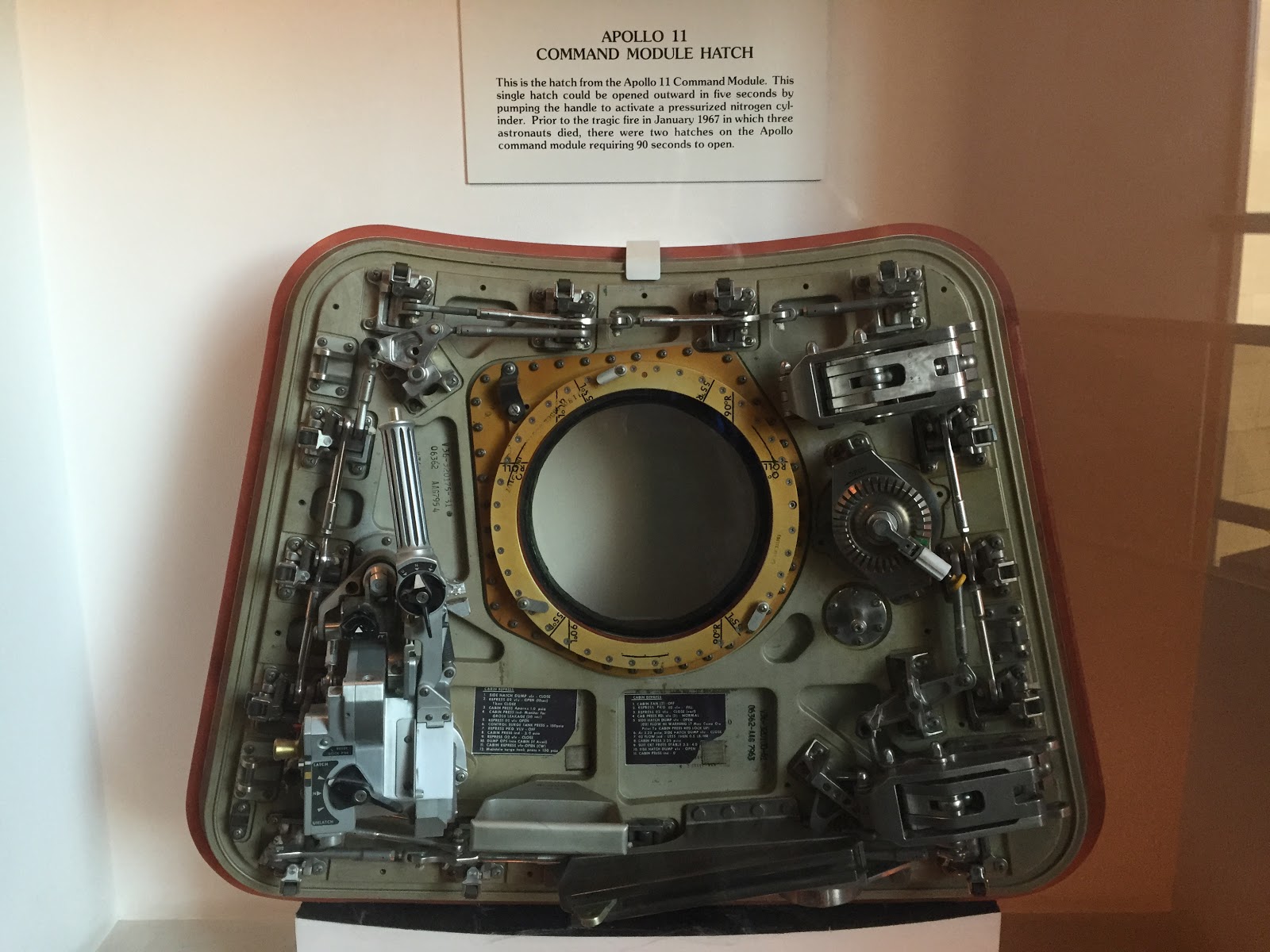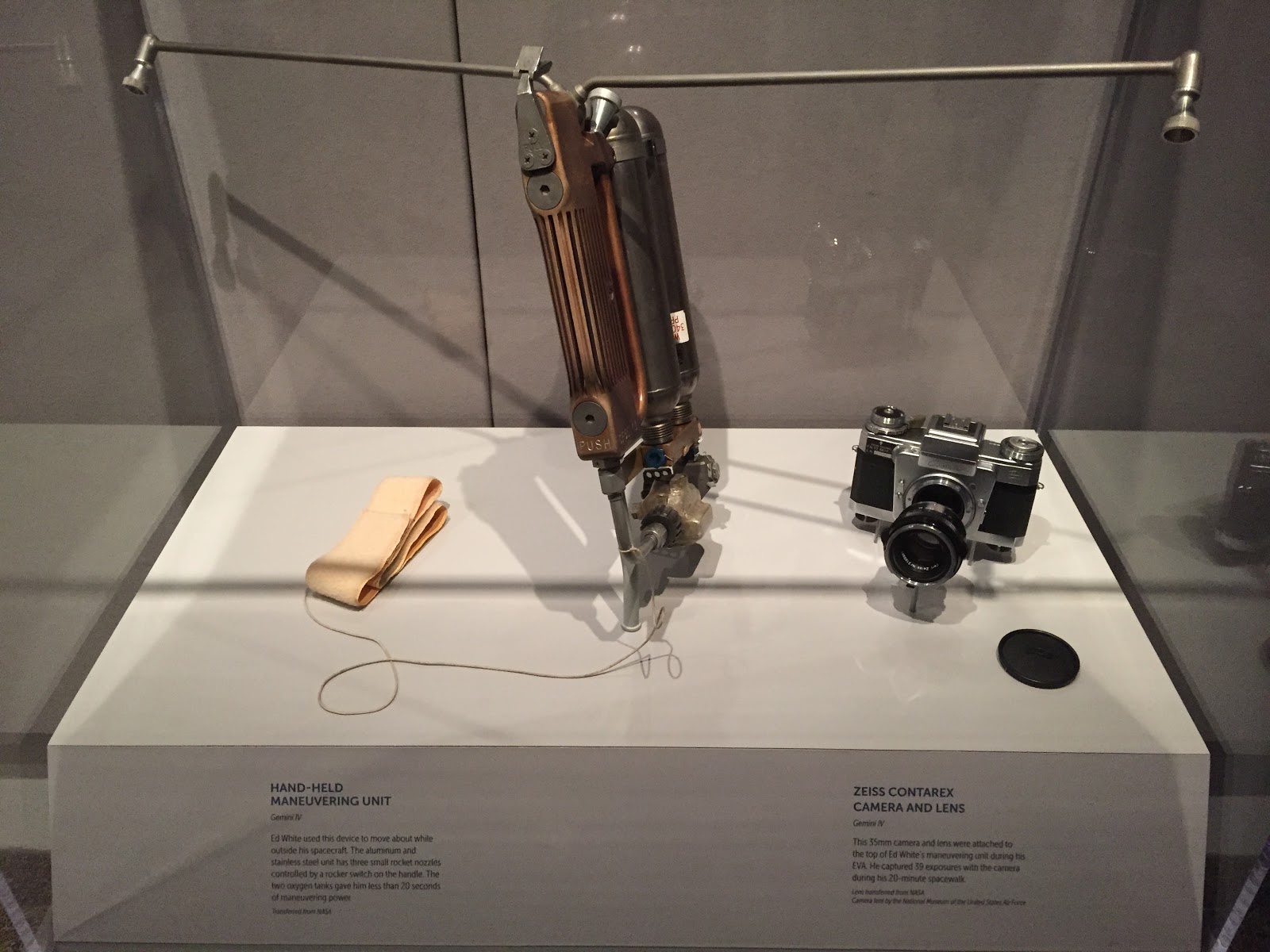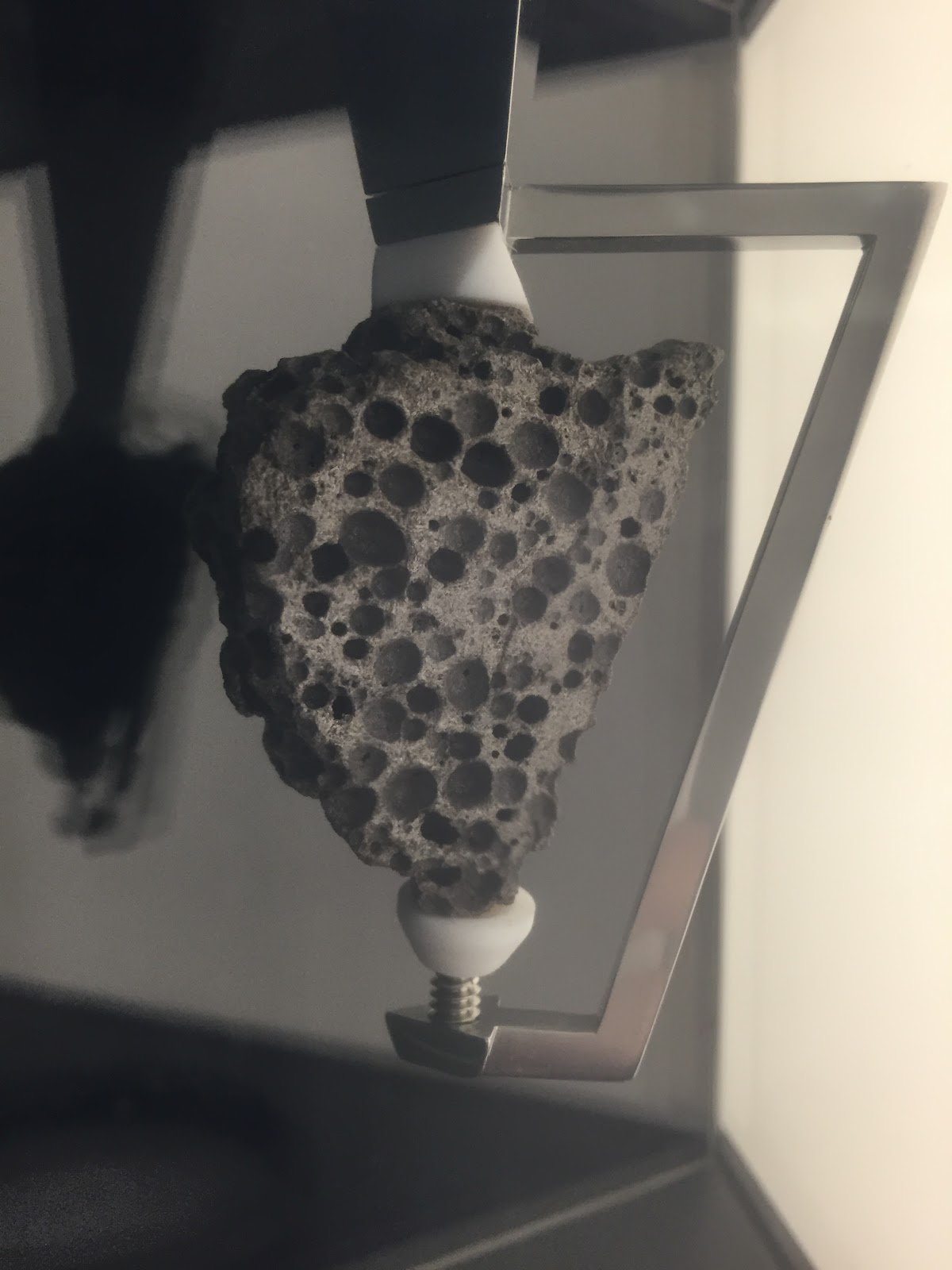I took a spontaneous trip to the National Air and Space Museum so I didn't have the chance to plan ahead and map out every must-see can't-miss artifact in the collections. I'd been there before, about 15 years ago, but I didn't remember what the best highlights were. I ended up spending over 3 hours roaming around and snapping photos of my favorite pieces!
1. The last boots to ever leave human footprints on the moon - This was by far my favorite piece in the entire museum! There's something special and intimate about these spacesuit accessories. I don't know what it is about them - maybe the instantly recognizable tread pattern, or the fact that when these boots left the surface of the moon we never went back. It's special, and cool, and sad, and makes you think. It's just the kind of thing that belongs in a museum!
 |
| The last boots on the moon! Gene Cernan 1972 last boots to leave human footprints on the lunar surface in 1972 |
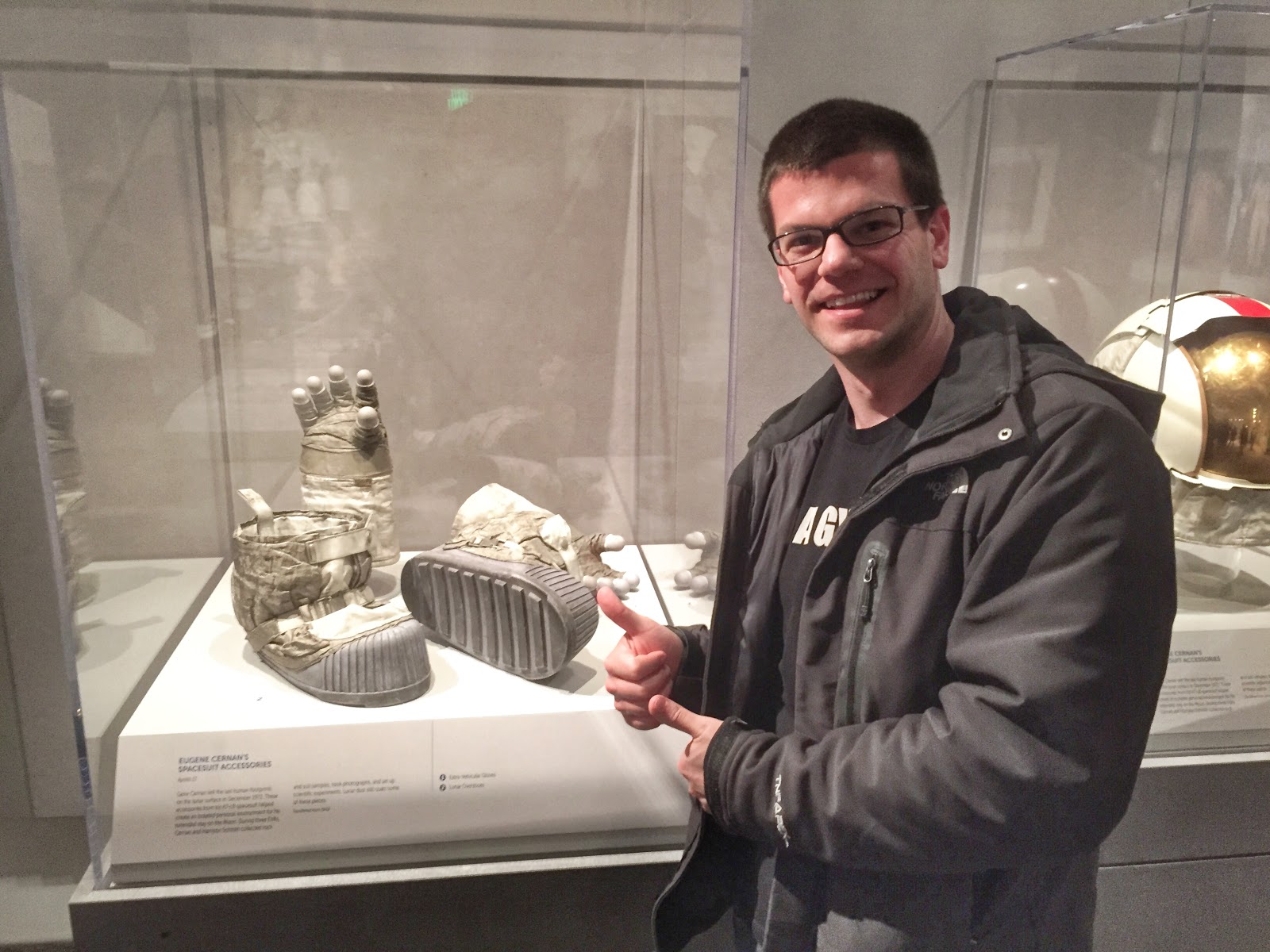 |
| I spent 10 minutes with the boots, and asked a stranger to take a photo for me! |
2. The REAL 1903 Wright Flyer - This begins my trend towards appreciating the REAL stuff so much more! I grew up in Dayton, Ohio and we learn all about the Wright Brothers from elementary school right through middle school. It's a big deal! However, our Air Force Museum doesn't have 'the' original first airplane, it has the
1909 Wright Military Flyer. I really liked see THE FIRST airplane, the real deal.
3. Apollo 11 Command Module - There and back again, the command module from Apollo 11 the first moon landing. This is definitely a national treasure! It kinda sucks that it's under foggy plastic, it's difficult to see the real surface detail and get a good photo because of the glare.
The command module hatch door is open so you can see inside. The door itself is pretty cool, it's in a different display upstairs!
4. Mercury Friendship 7 Capsule - The capsule that carried John Glenn as the third American in space and the first to orbit the Earth.
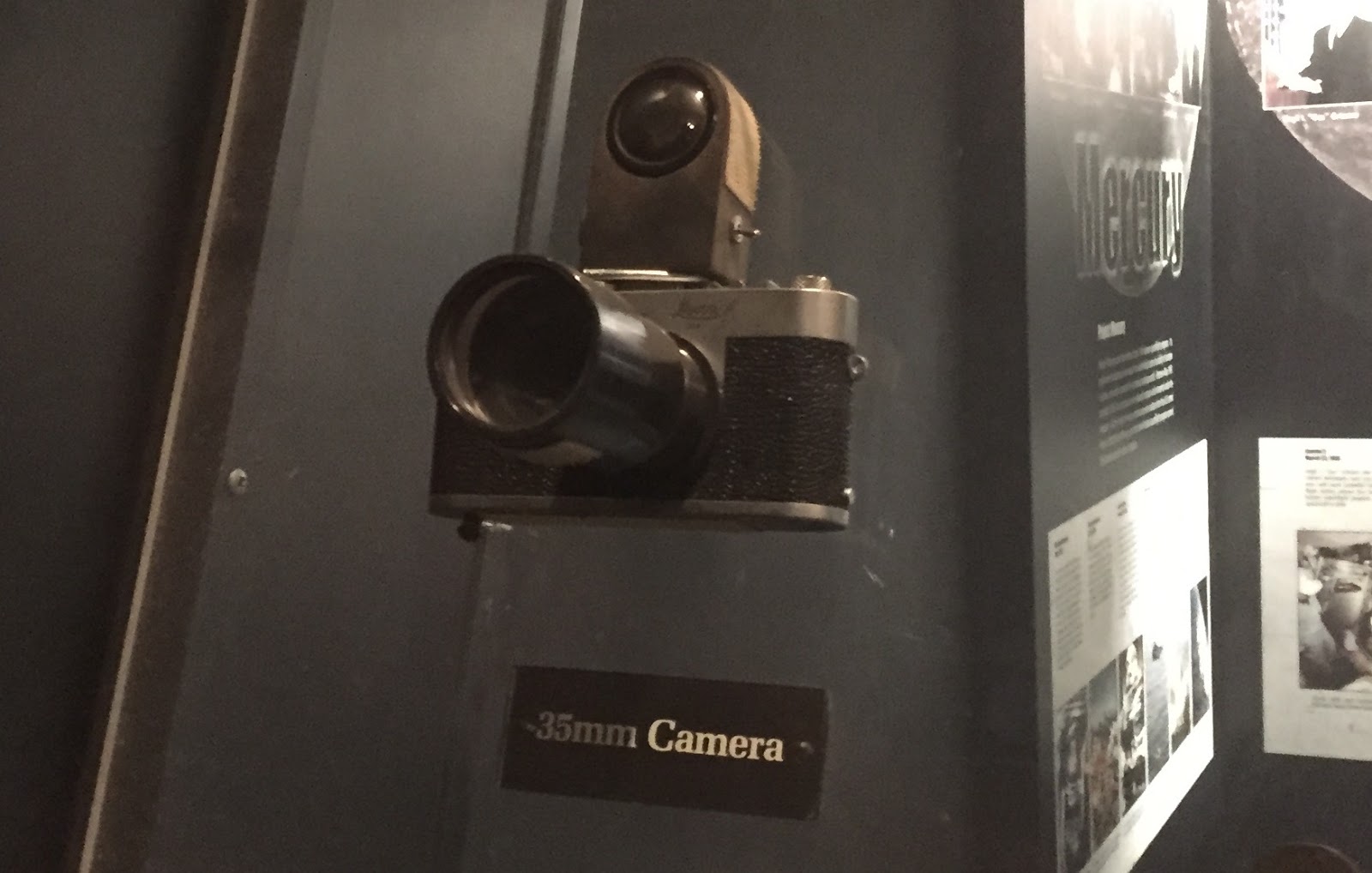 |
| Elsewhere in the museum you can see equipment carried during this flight, including this 35mm camera and a huge survival knife and rescue signal mirror. It's sort of weird to think about bringing a huge knife into space, like the kind you would take camping. |
5. Gemini IV Capsule - the capsule that carried Ed White to perform the first spacewalk by an American. The Gemini missions bridged the technology gap between Mercury and Apollo and made technical achievements such as changing orbits and docking - basically making space flight controlled instead of just shooting a can around the world a few times!
 |
| Gemini IV command module capsule - first US spacewalk |
Elsewhere in the museum you can see the maneuvering jetpack, helmet, and gloves used by Ed White on his first EVA or extravehicular activity AKA space walk.
6. Stardust Capsule - returned the world's first particles from a comet. It's amazing to think that this capsule went to a comet, collected tiny particles of dust using aerogel in the tennis racket type arm, and came back to Earth to end up in this case right in front of me. I was in the presence of a comet chaser! Pretty cool. Plus the aerogel is just weird and neat to look at.
Hardware provided to the Smithsonian includes actual flight components, again making it that much cooler that this is REAL stuff!
7. Actual Moon Rocks - I'm going to write a future post about 'who displayed it better?' because the gem and mineral collection at the Natural History Museum actually wins out on the attractive display of these precious bits of the moon. Nonetheless, here is one on display here in the Air and Space Museum.
8. For coolness factor, Apollo 11 sunglasses - these iconic sunglasses are perfect Smithsonian artifacts as bits of culture. The style just screams space race!
 |
| Not the most historically significant pieces in the museum, but one of the coolest - the style is iconic of the space race! |
These are my personal favorites! Do you have something that is your favorite that didn't make my list? Leave comments below! I know there are a ton of amazing things to see in the museum, and obviously they are all important and noteworthy - that's why they're in the museum! But these objects had the biggest personal impact on me and that's why I included them in the list.





